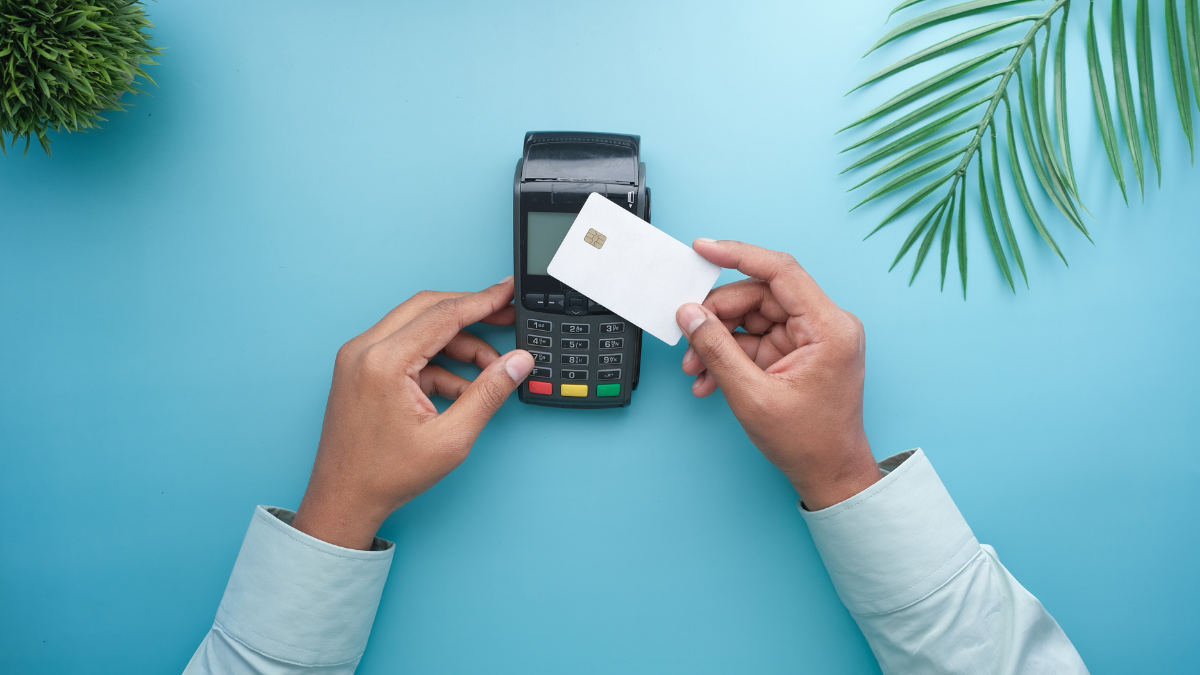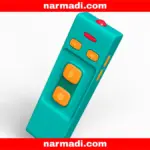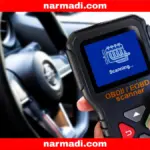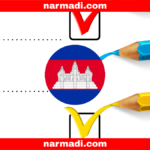NFC technology is based on radio frequency identification (RFID) technology. RFID tags that have NFC-enabled devices are called NFC tags.
The NFC technology used to connect devices is an electromagnetic field at 13.56 MHz. NFC tags can be attached to goods, packaging, stamps, billboards, or even posters.
Limited bits of data, such as website URLs or phone numbers, are contained in NFC tags. An NFC-enabled device can read the data on an NFC tags when the device is close to the tags.
Also Read
NFC tags are available in different sizes and styles. The NFC Forum oversees their functionality, ensuring device compatibility.
Table of Contents
What Is The NFC Forum?
In 2004, initiated by Nokia, Philips, and Sony created an organization that supports the use of near-field communication technology called the NFC Forum.
The company develops specifications, accredits goods, and promotes the application of NFC technology. It is accessible to any business that wants to use or advance NFC technology.
The forum has produced many varieties of NFC tags, each serving a unique function. This legislation guarantees device compatibility and ease of use.
Types of NFC Tags Forum
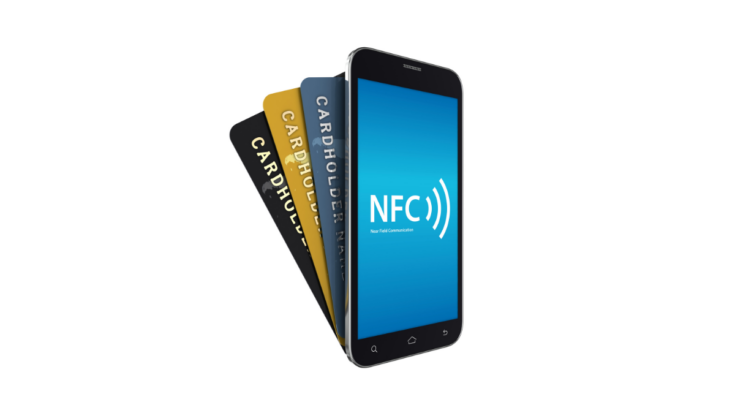
NFC Tags Type 1
Type 1 NFC tags are common tags with read/write capabilities and are often configured as read-only.
Type 1 NFC tags are often used to store small amounts of data, such as URLs, phone numbers, or email addresses.
Type 1 NFC tags use the ISO 14443A standard, ensuring compatibility with all NFC-enabled devices that comply with this specific regulation.
With 96-byte memory and a transmission rate of 106kbits/s, type 1 NFC tags are only capable of storing simple information.
Type 1 NFC tags are often used in retail stores for customer loyalty programs or to track inventory. They are also compatible with Innovision and Topaz systems.
NFC Tags Type 2
Just like type 1 NFC Tags, type 2 NFC Tags are based on the ISO 14443A standard and have read/write or read-only capabilities depending on how they are configured.
They are also equipped with an elaborate data conflict protection mechanism, which prevents data from being overwritten or corrupted.
Type 2 tags have 48/144-byte memory and a transmission rate of 106kbits/s. TLV lock control makes them ideal for storing more valuable information, such as credit card details.
In addition, it is based on the NXP MIFARE Ultralight tags, one of the most popular platforms for contactless payments. Its high-security features make it ideal for applications where data security is a priority, such as access control and identity management.
NFC Tags Type 3
Type 3 NFC tags are based on the Sony FeliCa platform and use industry standard (JIS) X 6319-4 to communicate.
Type 3 NFC tags come with read/write capabilities and 1/4/9 kilobytes of storage. The Sony FeliCa platform is used in public transportation systems in Japan, such as the Suica card.
Type 3 NFC tags have several security features that make them ideal for storing sensitive information, such as credit card details or medical records. The data on these tags is encrypted and can only be accessed by authorized devices.
In addition, these tags boast 212 or 424kbit s/s data transmission speeds. This is fast enough for real-time applications, such as e-ticketing and contactless payments.
Moreover, you can configure it to be read-only or read/write. This flexibility makes it ideal for a wide range of applications.
NFC Tags Type 4
Type 4 NFC tags are based on NXP DESFire tags and are 100% compatible with SmartMX-JCOP. They are governed by ISO 14443A and B standards and come with read/write or read-only capabilities.
Type 4 NFC tags can store 4Kb/32Kbs of data with impressive transmission rates of 106kbit/s, 212kbits/s, or 424kbits/s.
Typically Type 4 NFC tags are used in applications that require high memory and high security. They are often used in electronic ticketing, access control, and identity management.
NFC Tags Type 5
Type 5 NFC tags have significant improvements geared towards better data storage and faster transmission speeds. They are based on the ISO 15693 standard and have read/write capabilities.
Type 5 NFC tags come with 256 bytes/ 896 bytes/ 1280 bytes/ 2528 bytes high data storage capacities are ideal for storing loyalty points, medical records, and other valuable information. The tags also have a data transmission speed of 53kbits/s.
In addition, Type 5 NFC tags are compatible with ICODE SLI-Xseries/TI 2K/ST LRI2K. They have read-only or read/write capabilities and are used in a variety of applications, including telemarketing.
NFC Tags Type 6
Type 6 NFC tags are based on the ISO 14443A standard and have read/write or read-only capabilities. Being the latest NFC tag technology, they boast several improvements over previous types.
Type 6 NFC tags come with 1Kbyte/4Kbyte of memory, which is higher than most of their predecessors. However, the data transmission speed is still 106kbits/s.
In addition, type 6 NFC Tags boast high data security and collision protection mechanisms. This makes them ideal for contactless payments and other applications where data security is a priority.
Type 6 NFC tags are also compatible with the M1 (S50 F08) and work well with most smartphones. They have read/write or read-only capabilities.
Those are the 6 types of NFC Tags that not many people know about. Hopefully this article can add to your insight into the existing NFC Tags Types.

